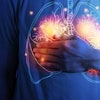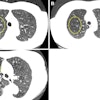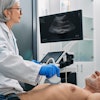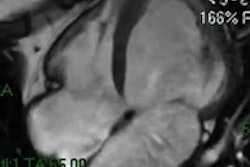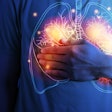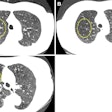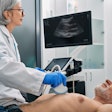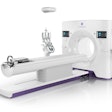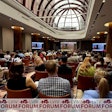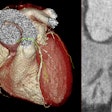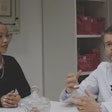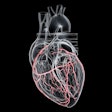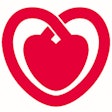Dear Cardiac Insider,
The EU has a plan for making cardiac imaging as cost-effective as possible -- with an emphasis on the effective.
Last week at a meeting of the European Parliament in Brussels, Dr. Danilo Negila, PhD, discussed the results of the EU-sponsored EVINCI (Evaluation of integrated cardiac imaging) study to stake out the most cost-effective imaging options for European clinicians. You'll find the winning modalities -- and learn about the EU's plans to build an advanced electronic health record for use by patients and providers alike -- by clicking here.
In Italy, a comprehensive new cardiac MR registry encompassing more than 3,000 patients is revealing some intriguing details about today's cardiac MR practice patterns. Among a few surprises in the data, researchers have concluded that many Italian radiologists don't want anything to do with stress exams. For the rest of the story, and a video, click here.
Not to be outdone, CT was the star of a second Italian registry project sponsored by the Italian Society of Radiology (SIRM) -- one that tracked exams in more 5,000 patients, including a few cardiac CT exams. You'll find those results here.
In other news, 320-detector-row coronary CT angiography did just as well as vasodilator stress MRI in diagnosing coronary artery disease, according to a study of patients with suspected heart disease who were followed for more than a year and a half after the exams. For the details, click here.
Also in CT, high-pitch exams are proving to be a powerful tool for dose reduction when combined with advanced iterative reconstruction, according to a new international study, and the radiation doses stayed solidly under 1 mSv even in the larger subjects. You'll find the rest of the story here.
Myocardial perfusion imaging with CT instead of MRI has been getting good results for a number of years now, but clinicians have never really known if the iodine levels they were seeing in the images matched actual levels in the myocardium. Now, a phantom study performed using dual-energy CT is providing much-needed answers here.
Finally, now that pacemakers are on the market designed to be used in the MRI environment, there's nothing to worry about when scanning a heart patient, right? Actually no -- there are lots of limitations and peril in not following guidelines, according to an article you'll find here.
Warnings and good news alike, you'll find the information you need in your AuntMinnieEurope.com Cardiac Imaging Digital Community.
